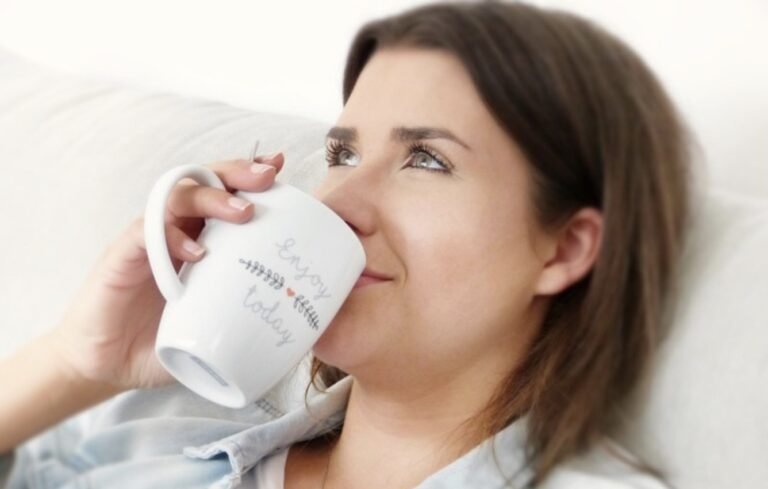With the prevalence of hybrid work models in our modern lives, and the long hours of screen time they often require, employers are becoming increasingly concerned about burnout rates among their employees. According to one survey, around 77% of participants said that they have experienced employee burnout at their job.
To help combat burnout, many businesses are beginning to implement strategies and resources that benefit their employees’ overall mental health. One of these strategies is the microbreak, which involves taking short periodic breaks throughout the workday that allow a quick opportunity for employees to decompress and “reboot” their focus and energy levels.
Thanks to a new study published in PLOS ONE, researchers from West University of Timisoara, Romania, have found that taking microbreaks of 10 minutes or less can significantly help stave off mental fatigue and avoid future instances of burnout.
Background: The Struggles of Burnout
Surveys show that with more stress, the probability of feeling burnout increases. While burnout may feel like a personal issue, many experts classify it as a group issue, as it is often found in dysfunctional or chaotic workplaces.
Symptoms of burnout include lower levels of compassion for others, fatigue, trouble sleeping, depression, a lack of purpose, and more. These symptoms, in turn, can impact employee productivity and passion for their work. Many employers are turning to psychology for methods of helping reduce burnout symptoms, relying on resources like microbreaks.
Analysis: Implementing Microbreaks
To better understand microbreaks, researchers at the West University of Timisoara reviewed 22 studies published in the past 30 years. They found an association between microbreaks and higher levels of energy in participants. While this can help lower fatigue, actually taking a 10-minute break may be harder for some employees to commit to.
According to Patricia Albulescu, a research assistant at the West University of Timisoara, having a company culture that encourages frequent microbreaks can be effective in helping improve the overall wellbeing of employees.
“We, as employees, can feel guilty or pressured to continue working and not take a well-deserved break,” Albulescu says. “But there is something we can do here. At the organizational level, we can create environments where taking a short break to gaze out of the window for a couple of seconds does not mean being lazy or skipping work. At the organizational level, we can create environments fostering autonomy in work tasks where the employees decide when, where, and how, to complete the work expected from them, and thus conducive for taking microbreaks when needed.”
Outlook: Better Futures Require More Work
While companies are working toward creating healthier work cultures, the process is not easy. A survey showed that 25% of employees say they never or rarely take vacation days. Companies promoting mental health first and productivity second can help encourage these employees to take more time for their wellbeing.
“Organizations through their procedures and norms, can focus more on the wellbeing of their employees as a priority and encourage employees to first and foremost take care of themselves,” Albulescu added. “And we start to see this trend already. Leaders and employers have now an increased responsibility for employee general and work-related well-being.
“So, taking a break in such supporting work environments could be encouraged rather than frowned upon.”
Kenna Hughes-Castleberry is a staff writer at the Debrief and the Science Communicator at JILA (a partnership between the University of Colorado Boulder and NIST). Her writing beats include deep tech, the metaverse, and quantum technology. You can find more of her work at her website: https://kennacastleberry.com/

